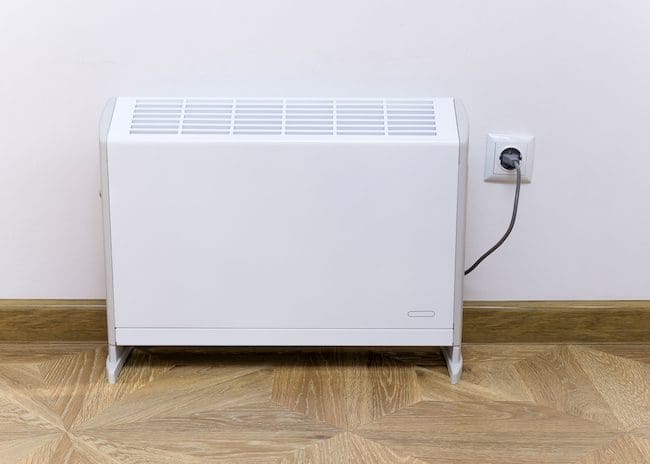1 Source Portable Air Things To Know Before You Buy
1 Source Portable Air Fundamentals Explained
Table of ContentsThe Main Principles Of 1 Source Portable Air The Facts About 1 Source Portable Air Revealed1 Source Portable Air Can Be Fun For AnyoneThe Buzz on 1 Source Portable AirThe Facts About 1 Source Portable Air Revealed
Running costs are based upon an electrical energy rate of 40c/kWh. The prices for 3 months' use in winter season are based on 500 hours utilize, or around 6 hours daily for 3 months. Maximum warmth output is based upon the maximum electrical power of the versions we've examined (we concentrate on greater power level heaters).
On standard, small follower heaters are less pricey to buy, but can have higher running prices. Oil column heaters will certainly be the cheapest on the market to run (on average) however only by a slim margin ahead of convection heating units (like panel and micathermic panels).
7 Simple Techniques For 1 Source Portable Air
If you have a reversible ceiling fan, it'll aid spread the warmth around the space more evenly. A number of pricey heating systems have fallen short to excite our testers, while some more affordable versions make for surprisingly good buys.
As the name suggests, they emit warmth from a red-hot heating component (so the family members will need to take turns being in front of it). There are floor and wall-mounted versions readily available. Radiant heaters are relatively cost-effective. They have a cosy radiance and individual warming result, like resting in front of a fire.
The fairly exposed home heating aspect can be a fire and safety danger. For example, a piece of clothes dropped over it may ignite, or toddlers playing around a flooring design might shed themselves, so beware. Radiant heating systems typically set you back between $20 and $200. Oil-filled column heating systems don't really melt oil they use electrical power to warm the oil that's sealed inside their columns or 'fins'.
Little Known Questions About 1 Source Portable Air.
Some column heaters aren't even oil-filled but instead utilize various other product or home heating modern technology to function the same method - 1 Source Portable Air. The threat of fire with an oil column heating system is reduced contrasted to various other heater types, however never zero. Oil heaters don't have exposed elements like glowing heating systems do, and web link their surface temperature is less than lots of other heating unit types (their large surface makes up for it)
Oil column heating systems will not take off, and while they don't internet burn their oil to produce warmth, it's still combustible, so there is a fire threat if the oil leakages, if the heating unit topple and leaks, or if flammable objects or textile come right into get in touch with or fall on the heater. You must exercise the same level of care with oil heating units as for various other heating unit kinds, and never ever hang towels or clothing over one to dry them make use of a drying out rack rather, a minimum of one metre away.
Column heaters are specifically beneficial in spaces where they'll be turned on for extended periods of time or where they'll run ignored, such as overnight in a bedroom. The surfaces you're likely to discuss a column heating unit don't obtain as hot as other sorts of electric heaters. You can utilize a ceiling fan on extremely low speed to assist the column heating unit to distribute the warmth faster and more uniformly.
Oil-filled column heaters typically set you back in between $50 and $450. Convection and panel heaters draw cold air over an electric home heating element.
3 Easy Facts About 1 Source Portable Air Explained

Convection and panel heating systems are a lot more mobile than their oil-filled column heating unit equivalents because they're dramatically lighter. Like a column heating system, you can make use of a ceiling fan on very reduced rate to distribute the warmth quicker and a see here now lot more evenly.

Our 1 Source Portable Air PDFs
Follower heating units are typically smaller sized and a lot more portable than other electrical heaters. They additionally come in the type of tower fan heating systems, which can be better for dispersing warmth around larger areas as a result of their taller profile. They can warm the air in a room a lot more rapidly, uniformly and promptly than some other heating system types.
They can be rather loud with the fan on complete power, however are typically fairly silent at lower fan rates. Follower heaters (ceramic or otherwise) normally cost between $60 and $900. Ceramic fan heating systems aren't always any different in cost to non-ceramic versions. A relatively recent participant right into the customer market, infrared heaters heat the space like the sunlight warms your face (without the UV rays so no danger of skin cancer). 1 Source Portable Air.